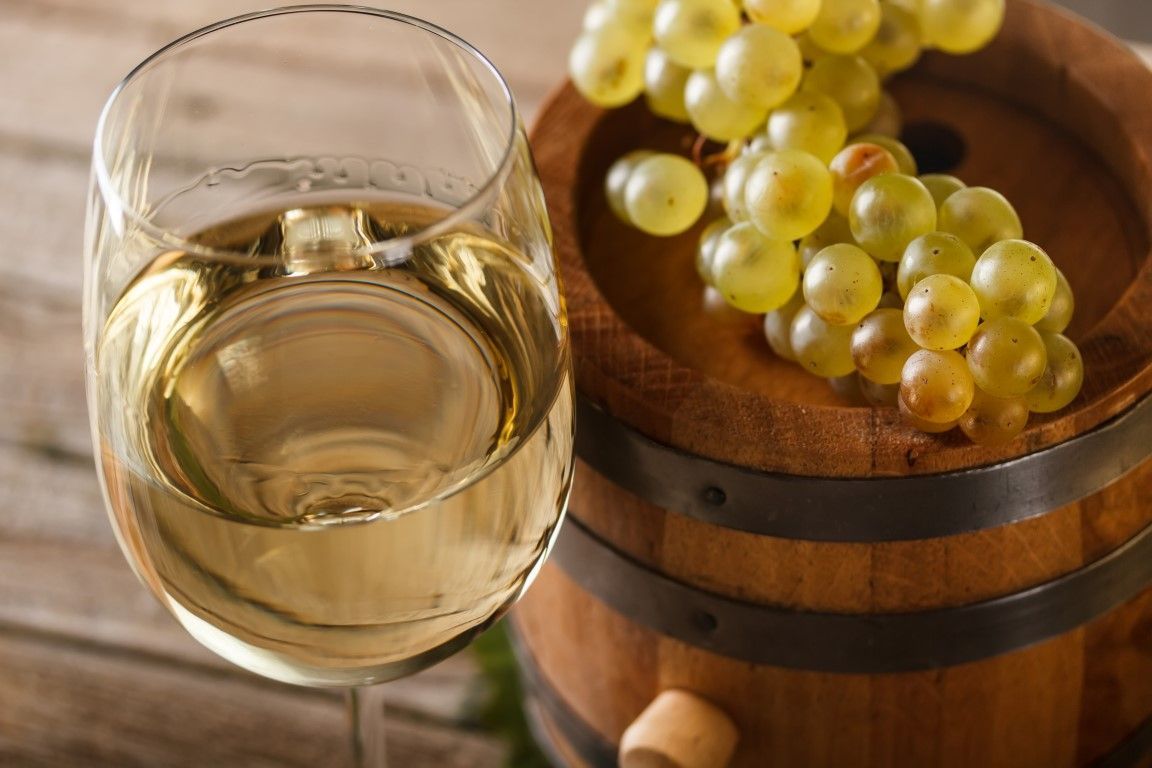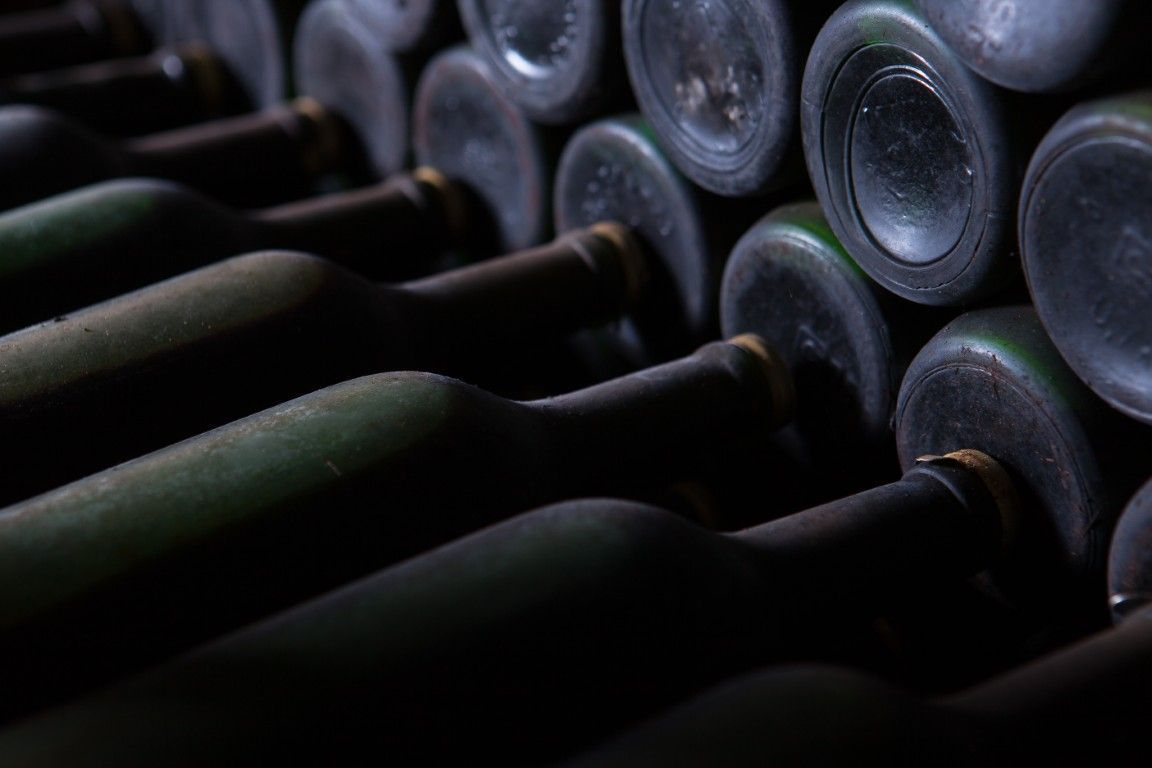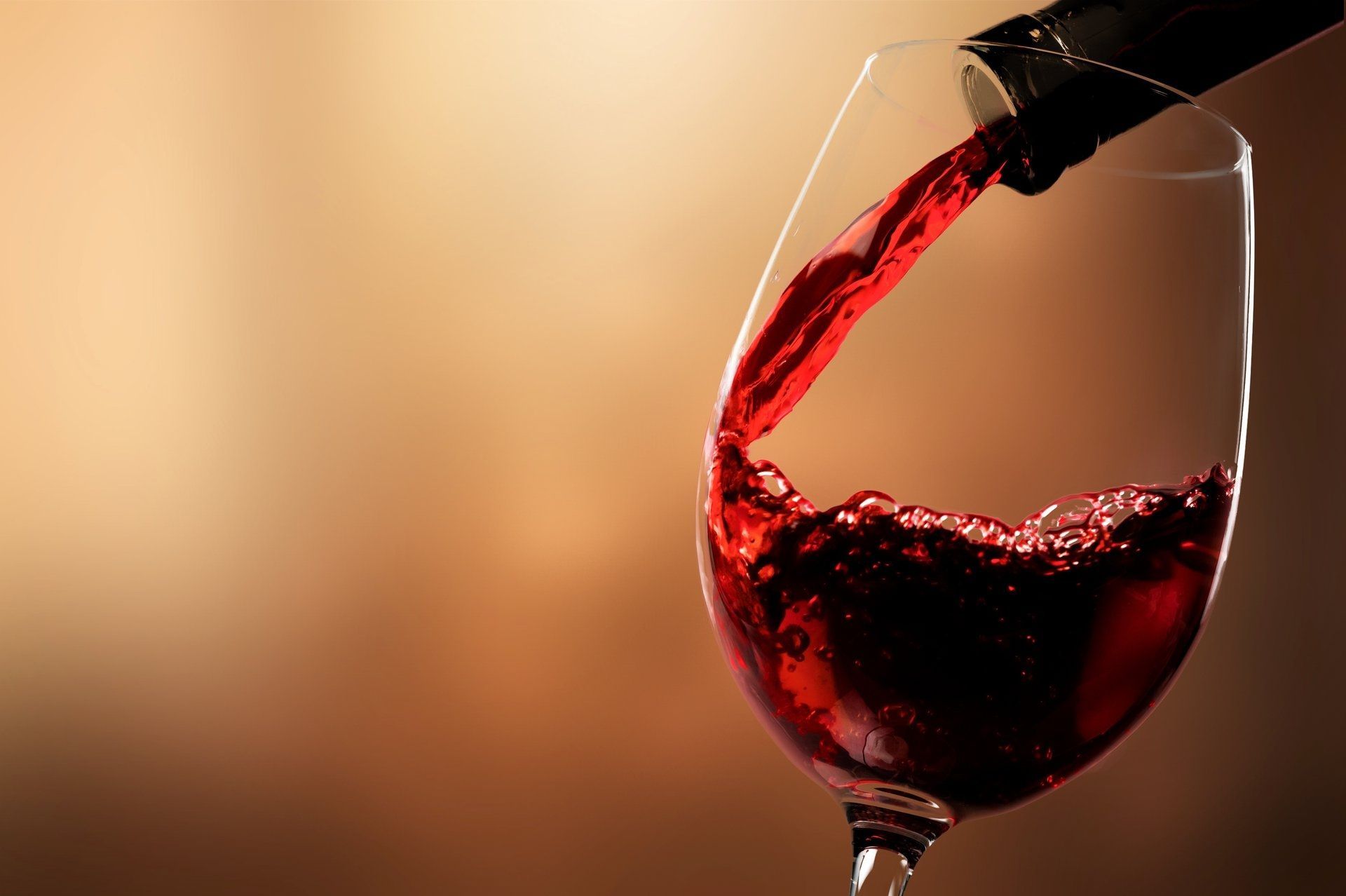The temperature at which wine is served is a crucial factor that directly influences its flavor, aroma, and overall enjoyment. Each type of wine has an optimal serving temperature that enhances its unique characteristics. Below, we will explore the importance of temperature in wine service and provide specific guides for each variety.
Importance of Temperature for Proper Wine Serving
Why Does Temperature Affect Wine’s Flavor and Aroma?
Temperature influences the volatility of aromatic compounds and the perception of flavors in wine. At higher temperatures, aromas are released more easily, while at lower temperatures, they are subdued. Additionally, temperature affects the perception of acidity, sweetness, and tannins—key elements in a wine’s flavor profile.
Consequences of Serving Wine at an Incorrect Temperature
Serving wine at the wrong temperature can disrupt its sensory profile. Red wine served too warm may seem overly alcoholic and lose its structure, while if served too cold, it can be astringent and lack aroma. On the other hand, white wine served too cold can hide its aromas and flavors, and if too warm, it can seem flat and lack freshness.
What is the Ideal Temperature for Serving Each Type of Wine?
Red Wine Temperature
Red wines benefit from serving temperatures that vary according to their body and structure:
- Light and young reds: Between 12°C and 15°C. This temperature enhances their freshness and fruity notes.
- Medium-bodied reds: Between 15°C and 17°C. This helps balance the tannins and complex aromas.
- Robust and aged reds: Between 17°C and 18°C. It highlights complexity and depth of flavors.
It is important to note that the traditional recommendation to serve red wine at “room temperature” originated in times when rooms were cooler. Nowadays, with warmer interiors, it is advisable to slightly chill reds before serving.

White Wine Temperature
White wines require lower temperatures to highlight their freshness and acidity:
- Young and light whites: Between 7°C and 10°C. Ideal for varieties like Sauvignon Blanc or Albariño.
- Full-bodied or barrel-fermented whites: Between 10°C and 12°C. This temperature allows better appreciation of their complex aromas and texture.

Temperature for Other Types of Wine
- Rosé wines: Between 8°C and 10°C. Maintains freshness and fruity notes.
- Sparkling wines and cavas: Between 6°C and 8°C. Enhances effervescence and vibrancy.
- Fortified wines (like Sherry or Port): Between 12°C and 14°C. Balances sweetness and aromatic complexity.
Tips for Keeping Wine at the Ideal Temperature
Maintaining wine at the right temperature is essential to preserving its quality:
- Storage: Store bottles in a cool, dark place with a consistent temperature, ideally between 12°C and 16°C. Avoid sudden temperature changes that could affect the wine.
- Humidity: Keep relative humidity between 60% and 80% to prevent corks from drying out and allowing air to enter.
- Bottle position: Store bottles horizontally to keep the cork moist and prevent oxidation.
Tools for Controlling Wine Temperature
To ensure wine is served at the optimal temperature, consider the following tools:
- Wine thermometers: Allow you to measure the bottle’s temperature before serving.
- Ice buckets and coolers: Help maintain the appropriate temperature during service.
- Wine cellars: Specialized refrigerators that keep bottles at controlled temperatures, ideal for collectors and wine enthusiasts.
Frequently Asked Questions About Wine Temperature
Is it Better to Serve Red Wine at Room Temperature?
The recommendation to serve red wine at “room temperature” comes from times when rooms were cooler. Nowadays, with warmer interiors, it is advisable to slightly chill reds before serving, especially lighter ones.
At What Temperature Should Young Red Wine Be Served?
Young and light red wines are best enjoyed between 12°C and 15°C, which enhances their freshness and fruity notes.
What Happens if the Wine is Too Cold or Too Hot?
Wine that is too cold may hide its aromas and flavors, while wine that is too hot may seem alcoholic and unbalanced. It is essential to serve wine at the right temperature to fully appreciate its qualities.
How Can I Quickly Chill Wine Without Affecting Its Flavor?
To quickly chill a bottle, place it in an ice bucket with water and ice for 15-20 minutes. Avoid the freezer, as it can cool the wine unevenly and affect its flavor.
Can Red Wine Be Served Cold in Summer?
Some light red wines can be served slightly cooler in summer, around 12°C, for a more pleasant experience in warm climates. However, it’s important not to chill reds too much, as this could flatten their flavors and make the tannins seem harsher.
Excellent Cork, as a leading manufacturer of synthetic stoppers, understands the importance of preserving wine in optimal conditions. Synthetic stoppers offer excellent sealing and oxidation control, helping to maintain the wine’s freshness without the risk of contamination. Their durability and cost-effectiveness make them an ideal option for wineries and wine cellars looking to ensure wine quality until consumption.
By following these tips about wine temperature and using quality products like Excellent Cork stoppers, both wine enthusiasts and industry professionals can ensure that every glass is served in perfect conditions.





